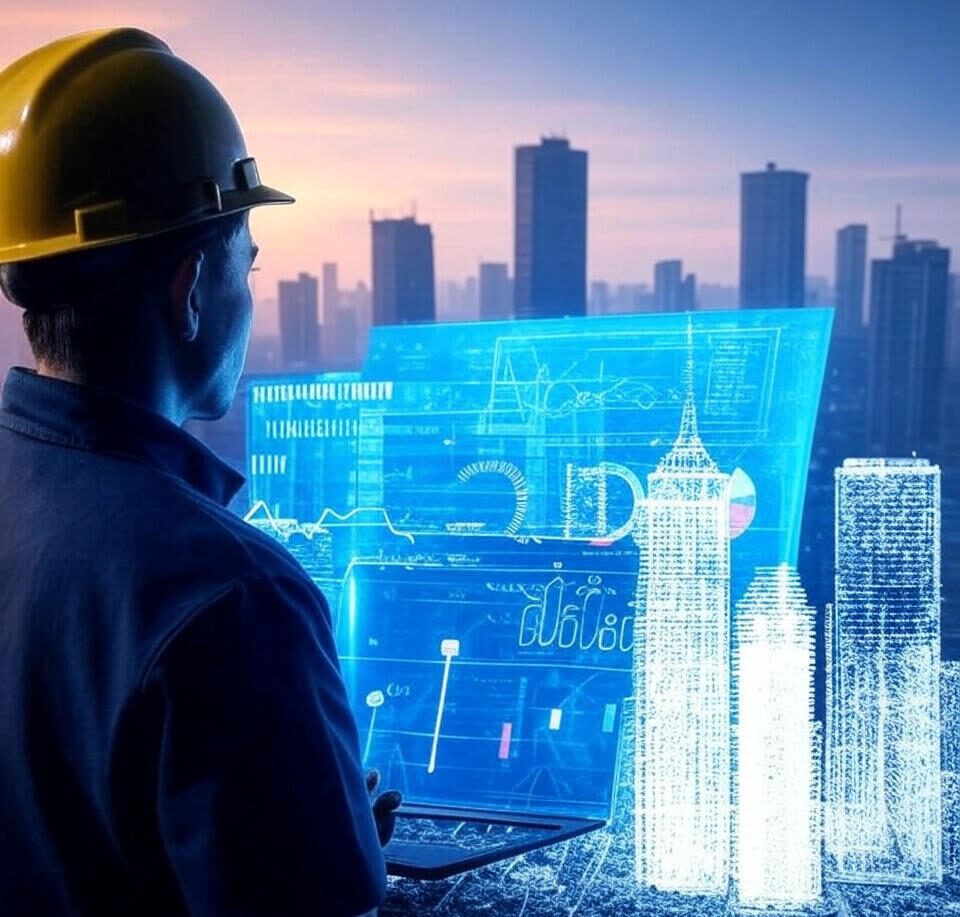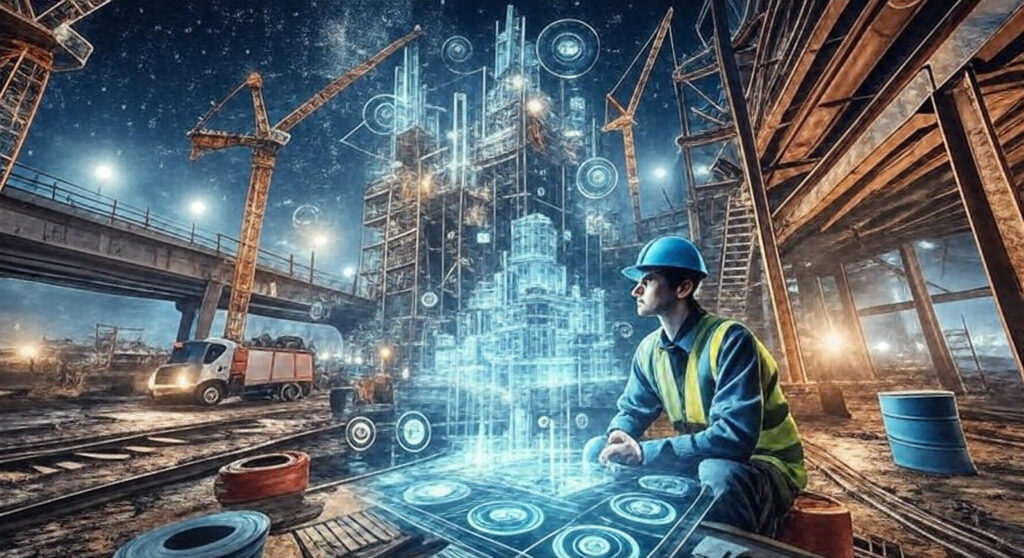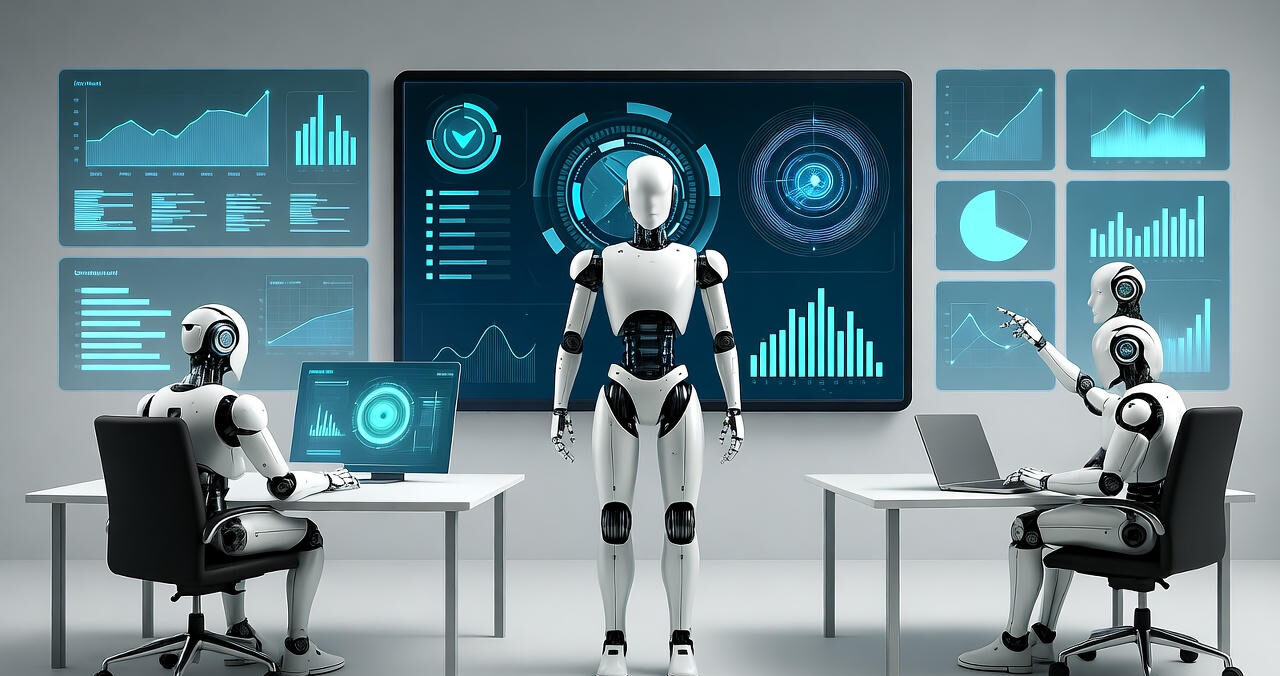
Starting August 1, 2025, artificial intelligence is changing how civil engineering works, creating a new time of better efficiency, safety, and creative ideas.
From design optimization to predictive maintenance, AI technologies are transforming traditional practices, offering engineers powerful tools to address modern infrastructure challenges. This news blog explores the profound impact of AI on civil engineering, highlighting its benefits, limitations, and the future it promises.
Transforming Design and Planning

AI is revolutionizing the design phase with advanced generative algorithms that rapidly produce and refine infrastructure designs. These tools evaluate multiple variables—structural integrity, cost, and environmental impact—allowing engineers to explore innovative solutions in a fraction of the time previously required. For instance, projects involving complex bridges or urban developments now benefit from AI-driven simulations that optimize material use and reduce waste. In project planning, AI platforms analyze historical data and real-time inputs to forecast timelines, identify potential delays, and allocate resources efficiently. This dynamic scheduling capability has proven instrumental in high-profile projects, such as the ongoing expansion of the U.S. interstate highway system, where AI has reduced delays by up to 20% according to recent industry reports.
Enhancing Maintenance and Safety
Predictive maintenance represents a significant advancement, enabled by AI’s ability to process data from sensors embedded in infrastructure. Bridges, roads, and dams equipped with these sensors can now alert engineers to potential failures before they escalate, preventing costly repairs and enhancing public safety. A notable example is the AI-monitored Golden Gate Bridge, where predictive analytics have reduced maintenance costs by 15% over the past year. Similarly, in traffic management, AI systems analyze real-time data to optimize flow, reduce congestion, and improve road safety, particularly in densely populated urban centers like New York and Los Angeles.
Disaster Preparedness and Digital Twins

AI’s role in disaster response has grown critical as climate change intensifies. By simulating the effects of earthquakes, floods, and hurricanes, AI models assist engineers in developing robust mitigation strategies. In the wake of the recent Texas flash floods, AI simulations helped local authorities reinforce levees, saving an estimated $50 million in potential damages. Additionally, digital twin technology—virtual replicas of physical structures powered by AI—allows engineers to test designs, detect flaws, and plan maintenance under various scenarios. This technology is increasingly adopted in smart city initiatives, where digital twins of entire urban areas enable comprehensive infrastructure management.
The Human Element Remains Vital
Despite these technological leaps, AI is not poised to replace civil engineers. The profession demands human expertise in creative problem-solving, stakeholder collaboration, and ethical decision-making—areas where AI falls short. Industry leaders emphasize that AI serves as a complementary tool, enhancing rather than supplanting human judgment. Engineers are adapting by acquiring AI literacy, focusing on oversight roles to ensure quality and accountability. A survey by the American Society of Civil Engineers (ASCE) indicates that 68% of engineers plan to pursue AI-related training within the next two years, reflecting a proactive response to this shift.
Challenges and the Path Forward
The integration of AI is not without challenges. Data quality remains a concern, as inaccurate inputs can lead to flawed predictions. Moreover, the effective use of AI requires specialized knowledge, necessitating collaboration between AI experts and civil engineers.There is also a chance that too much dependence on automation might weaken the role of human supervision.
To address these issues, academic institutions are incorporating AI training into engineering curricula, while industry consortia are developing standards for AI deployment. The ASCE has launched a task force to ensure ethical AI use, aiming to balance innovation with safety.
A Promising Future
As AI keeps getting better, its effect on civil engineering is likely to become even more significant.The technology promises to address pressing global challenges, such as aging infrastructure and urbanization, while fostering sustainable practices. For instance, AI-driven designs are increasingly incorporating eco-friendly materials, aligning with international sustainability goals. The future will likely see greater collaboration between AI specialists and engineers, driving projects that are more resilient, cost-effective, and environmentally conscious.
In conclusion, AI is redefining civil engineering, offering tools that enhance efficiency and innovation while preserving the irreplaceable role of human expertise. As the industry adapts to this technological revolution, the potential for transformative infrastructure development remains vast, promising a brighter future for global construction efforts.







